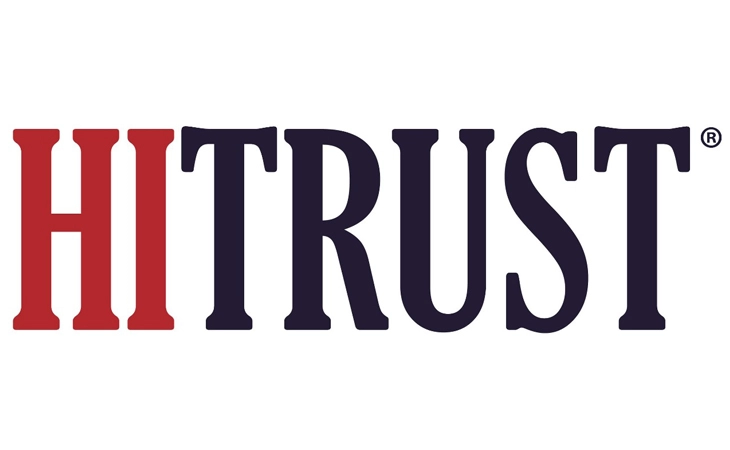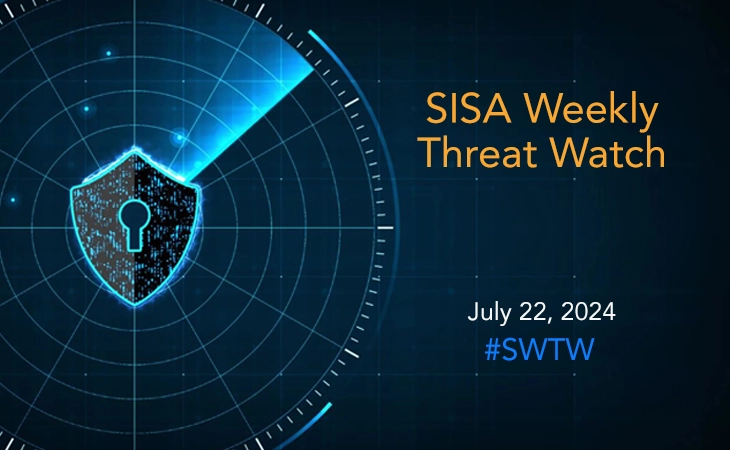

The top 6 IoT security risks every business must know
- February 13, 2024
As companies integrate an ever-expanding array of IoT devices into their operational fabric, they open doors to new, sophisticated threats that can compromise sensitive data and disrupt operations. Understanding and managing these IoT security risks is not merely a technical endeavour but a strategic business imperative.
In the dynamic world of business, where digital transformation dictates the pace of progress, the Internet of Things (IoT) has emerged as a pivotal force driving innovation and efficiency. However, this surge in IoT adoption brings with it a wave of complex cybersecurity challenges that businesses must urgently navigate. As companies integrate an ever-expanding array of smart devices into their operational fabric, they open doors to new, sophisticated threats that can compromise sensitive data, disrupt operations, and jeopardize their market standing. Understanding and proactively managing these IoT security risks is not merely a technical endeavour but a strategic business imperative. Here are the top five IoT security risks that every business leader should be aware of:
1. Ransomware attacks
Ransomware, a formidable threat in the cyber world, has evolved to target IoT ecosystems. These attacks can paralyze entire networks of interconnected devices, holding critical business operations hostage. Imagine your smart manufacturing line or climate control systems being hijacked, with demands for hefty ransoms. The key to combating this is not just robust encryption and firewalls but also regular backup protocols and employee training to recognize early signs of such attacks.
2. Botnet attacks
Botnets, networks of compromised IoT devices, can launch massive DDoS attacks, disrupting services and stealing data. These ‘zombie devices’ can be used to amplify the scale of an attack, turning seemingly benign IoT devices into weapons. The devices’ weak security configuration makes them an attractive target for botnet orchestrators to launch large-scale attacks. The 2023 “Nokia Threat Intelligence Report” found that the number of IoT bots engaged in botnet-driven DDoS attacks rose from approximately 200,000 to 1 million devices over the prior year. Businesses must ensure strong authentication protocols, regular software updates, and network monitoring to detect anomalies indicative of botnet involvement.
3. Shadow IoT
Shadow IoT refers to unauthorized devices connected to enterprise network without IT oversight. These unsanctioned IoT devices could be personal items with an IP address, such as fitness trackers or digital assistants, or they could also be corporate and enterprise technologies, such as wireless printers. These rogue devices significantly expand the attack surface. A comprehensive device management strategy, including discovery tools and strict policy enforcement, is vital to mitigate this risk.
4. Node injection attacks
Node Injection Attacks represent a sophisticated and growing threat in the IoT landscape. In these attacks, malicious nodes or devices are introduced into a network, often masquerading as legitimate components. These rogue elements can then intercept, modify, or redirect data, leading to compromised network integrity, data breaches, and potentially severe operational disruptions. Adopting strong authentication measures such as digital certificates or advanced cryptographic techniques, implementing real-time network monitoring systems, and running regular updates/patches can help pre-empt these attacks.
5. Industrial espionage
In the realm of IoT, industrial espionage takes a more sinister turn. Competitors or hackers can infiltrate IoT networks to steal proprietary data or disrupt operations. In some cases, attackers may even be able to eavesdrop on conversations or video footage captured by IoT devices. Preventing this not only involves cybersecurity measures but also corporate policies that govern data access and sharing. Employing end-to-end encryption and rigorous access controls are critical steps in safeguarding against such espionage.
6. Physical tampering
Unlike traditional cybersecurity threats, IoT devices face the added risk of physical tampering. Devices in accessible locations can be manipulated, leading to network breaches or data theft. Businesses must prioritize physical safeguards for their IoT infrastructure, especially in critical or publicly accessible areas employing tamper-proof hardware and surveillance measures where necessary.
Conclusion
Addressing IoT security risks must be a priority for modern organizations. Attacks will only increase in frequency and sophistication as the tech becomes a more integral piece of more organizations. Organizations must adopt a multi-layered approach to mitigate IoT security risks that encompasses strong policy enforcement, periodic vulnerability assessments, robust threat detection and data protection strategies, and effective disaster recovery procedures.
Latest
Blogs
Whitepapers
Threat-a-Licious
Customer Success Stories

SISA is a global forensics-driven cybersecurity solutions company, trusted by leading organizations for securing their businesses with robust preventive, detective, and corrective cybersecurity solutions. Our problem-first, human-centric approach helps businesses strengthen their cybersecurity posture.
Industry recognition by CREST, CERT-In and PCI SSC serves as a testament to our skill, knowledge, and competence.
We apply the power of forensic intelligence and advanced technology to offer true security to 2,000+ customers in 40+ countries.
Company
Resources
Quick Links
Copyright © 2024 SISA. All Rights Reserved.
 USA
USA India
India APAC
APAC Middle East
Middle East Global
Global





 Facebook
Facebook Linkedin
Linkedin  X
X Youtube
Youtube







